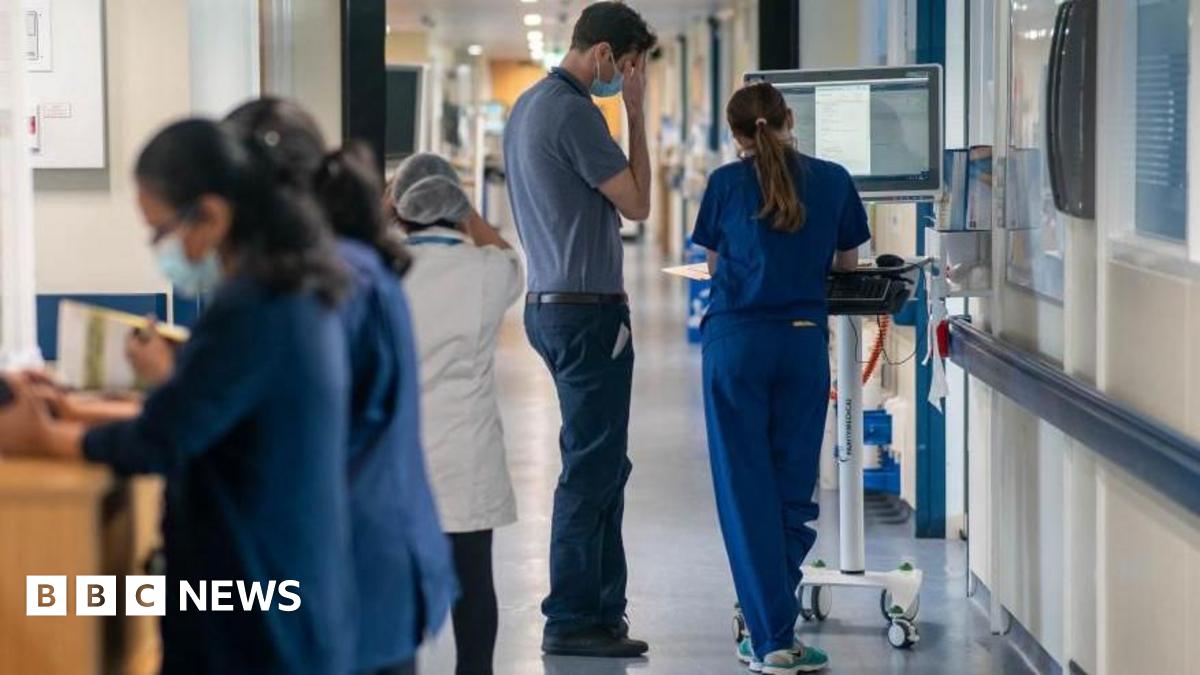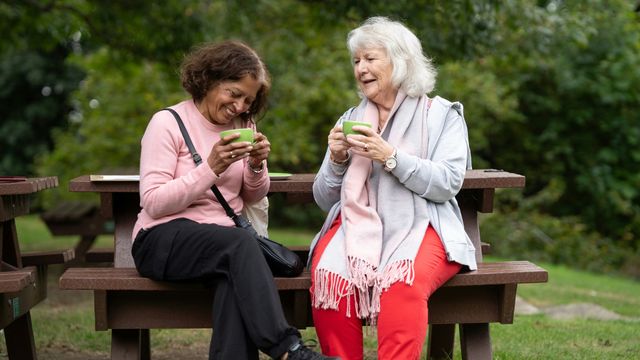11 Décembre 2025
The International Agency for Research on Cancer (IARC) welcomes The Lancet as the official Media Partner for the IARC@60: Cancer Research into Action conference, the crowning event of the…
11 Décembre 2025
The International Agency for Research on Cancer (IARC) welcomes The Lancet as the official Media Partner for the IARC@60: Cancer Research into Action conference, the crowning event of the…

 Getty Images
Getty ImagesPharmacies have warned that private stocks of flu vaccines are running low.
It comes as lab-confirmed cases rose by 24% to 2,331 cases, from 1-7 December,…

A new study has revealed that neural inhibition and balanced neural activity in a specific area of the brain is required for recognition memory. The findings could help provide better understanding of cognitive disorders, including…
On 27 November 2025, the WHO Global Advisory Committee on Vaccine Safety (GACVS) assessed two new systematic literature reviews[1], performed using robust methodology, on the potential relationship between vaccines and autism spectrum disorder…

Breaking
Nick Triggle
Health correspondent
There were an average of 2,660 patients a day in hospital
with flu in England last week – a rise of 55% on the week…

GLOBAL estimates show cytomegalovirus linked lower respiratory infections remain a persistent cause of death worldwide.
Using data from the MICROBE database, investigators analyzed cytomegalovirus associated lower respiratory infections from…

Today’s biomedical researchers are relentlessly searching for genes that drive disease, with the goal of creating therapies that target those genes to restore health.
When a single gene is the culprit, the approach can be rather…

Stress influences what we learn and remember. The hormone cortisol, which is released during stressful situations, can make emotional memories in particular stronger. But how exactly does cortisol help the brain build…

A new study from Flinders University offers insight into how two of the world’s most popular beverages, coffee and tea, may influence bone health in older women.
The research, published in the journal Nutrients, followed nearly 10,000…

A new treatment created by scientists at UCL (University College London) and Great Ormond Street Hospital (GOSH) is offering promising results for children and adults with T-cell acute lymphoblastic leukemia (T-ALL), a fast-moving and uncommon…